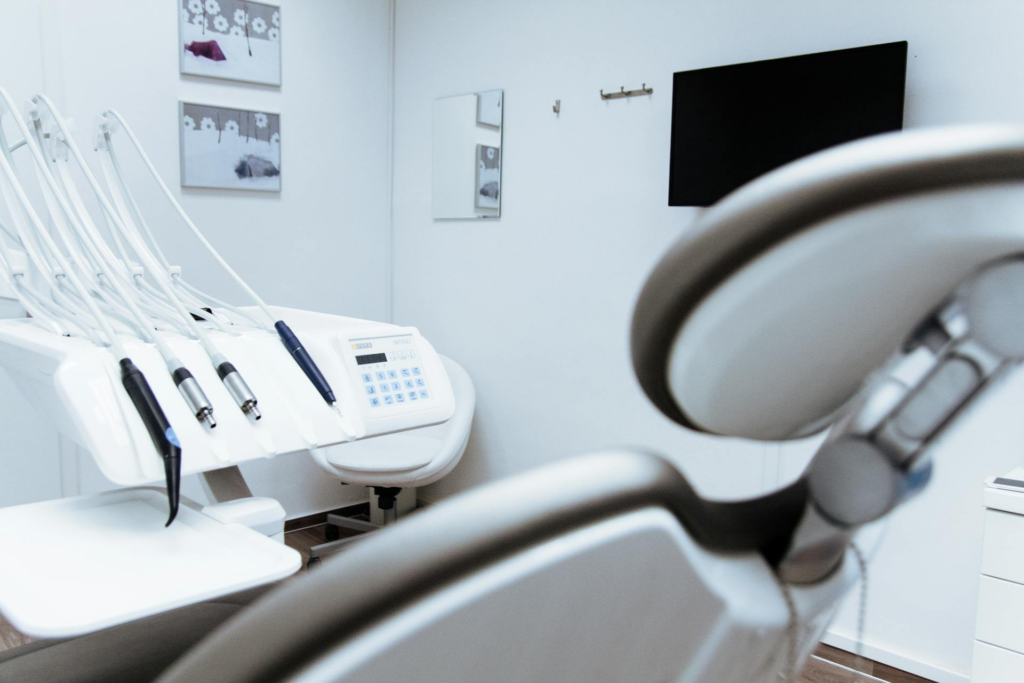Advances in patient monitoring, such as wearable devices, remote monitoring systems, and AI-powered analytics, are shifting the possibilities of modern healthcare.
The ability to monitor patients remotely is significantly impacting healthcare delivery, resulting in reduced costs and more positive patient outcomes. These trends are being studied, highlighting the impact of these transformative patient-monitoring solutions, which will only become more beneficial in the coming years, especially as baby boomers age.
Here is what to consider concerning jobs in healthcare, upskilling, and recruitment.
The Impact of Patient Monitoring on Healthcare Delivery
Technology is changing how professionals work, especially in healthcare.
For example, real-time data collection and analysis can help improve outcomes and ongoing patient care. This data also allows healthcare professionals and their patients to take a more proactive approach, implementing early intervention strategies. By catching risk factors early, patients can reduce their risk of chronic diseases, falls, etc.
Wearable devices and the ability to monitor data also make patients more engaged in their health and open to personalized treatment plans. Again, this all equates to lower costs and better results. However, it will also impact how the workforce operates and the skills required.
Emerging Hiring Trends in Healthcare
Like other industries, healthcare will start seeing a demand for tech-related roles. These IT specialists bring the skills required to optimize outcomes. Whether data analysts or telehealth experts, healthcare teams will need new positions filled — many of which will involve technology.
Patient monitoring is one area that will create a wide range of positions as the need for technology experts increases.
Here are some examples:
- Technology integration specialists: There is a demand for roles that blend healthcare expertise with tech skills, such as those required for implementing and managing monitoring systems. These specialists ensure all computer systems and other tools are running effectively. Some technologies requiring specialized support include electronic health records, telehealth platforms, remote patient monitoring devices, and all AI-driven tools.
- Data analysts and AI specialists: Growth in hiring professionals to interpret patient data and leverage predictive analytics. These specialists will primarily take data from electronic health records and other sources, including patient monitoring devices, to identify patterns to ensure better decision-making and personalized patient care.
- Telehealth professionals: Expansion of remote healthcare teams to support patients using monitoring devices.
- Biomedical engineers: Increased need for professionals to develop and improve monitoring technologies.
- Patient navigators and educators: New roles to help patients understand and use monitoring devices effectively.
Challenges and Opportunities for Recruiters
Moving forward, recruiters must adapt their strategies to attract multidisciplinary talent. These strategies must include and address the growing need for upskilling healthcare staff. While this staff is likely excellent at what they do, patient care requires an entirely different set of skills than using technology to improve patient outcomes.
While traditional caregiving positions must incorporate some technological skills, especially when monitoring patients, there must be a balance. Balancing the demand for technical roles with these traditional care positions will be paramount when hiring. As discussed above, certain specialists must be added to healthcare teams to ensure technology is being leveraged properly and that data is being monitored and analyzed.
There is no denying the demand for talent in healthcare, which will only increase in the coming decades. Niche skills will become more apparent — and these skills often change quickly within healthcare and technology. Recruiters will need to stay on top of industry trends while trying to fill talent shortages. Hires also have some leverage, as there are more open positions to fill than professionals to fill them. However, technology adds a new layer of hiring — independent yet connected to healthcare. This technological shift and its influence on healthcare will create unique opportunities as newer roles will remain competitive.
Learn more: Why Technology Alone Won’t Solve the Physician Shortage: The Need for a Holistic Recruitment Strategy
Stay Ahead as a Recruiter
To stay ahead, recruiters should partner with healthcare organizations to understand the ongoing needs of patients and healthcare professionals. Of course, artificial intelligence and data-driven tools will remain paramount. These tools can help you identify top talents for specialized roles, including those surrounding patient monitoring.
As a recruiter, you’ll also want to build pipelines for emerging skills in patient monitoring technology.
Embracing these changes will ensure a competitive edge in the years ahead. Stay on top of the latest trends and lean on the partnerships that will allow you to navigate times of turbulence, growth, and rapid transformation.
Partner with MRINetwork by finding an office near you today!

Connect with MRINetwork